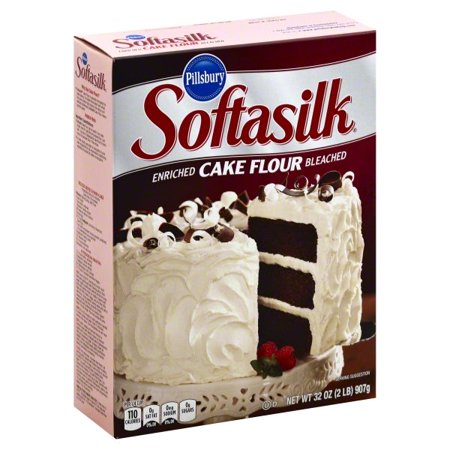Yogurt processing
The composition of milk is adjusted to make it desirable for the production of yogurt.
Milk is pasteurized at 85-degree Celsius for 30 minutes. Yogurt is a great food for your gut as it has probiotic bacteria that have numerous health benefits. Yogurt is pasteurized before the addition of the beneficial bacteria that are responsible for fermentation as they can remain active during consumption.
Fat globules in milk are homogenized where they break into small uniform sized particles and form a stable emulsion, or simply the fat gets completely distributed in the milk instead of getting separated as cream. This process helps in achieving the desired consistency in processed yogurt.
The milk is cooled to 42-degree Celsius as it provides the ideal temperature for the beneficial bacteria to grow. The starter cultures are added to the cool milk and held at 42-degree Celsius until a pH of 4.5 is reached. As the fermentation takes place, the characteristic flavour of yogurt is developed along with the soft, smooth custard-like consistency of the fermented product.
The yogurt is cooled to 7-degree Celsius to stop the fermentation process.
Fruits and flavours are added to yogurt.
This can be of two types, set style yogurt, where the fruit is added in the bottom of the container, and the fermented yogurt is poured on the top. Swiss-style yogurt, where the fruit is mixed with the fermented yogurt, before packaging, finally, the packaging is done as desired.

While buying yogurt, in the label, you can find two live bacteria in the ratio 1:1.
- Lactobacillus bulgaricus and
- Streptococcus thermophiles.
But some other lactobacillus bacteria and bifidobacterium may also be employed during the fermentation process.
Around the world with food technology
Yogurt and dairy products are fortified with vitamins and minerals.
There are two terms, fortification and enrichment, and most people think both means the same.
Enrichment means the nutrients that have been lost during processing is added back again. So it is like adding back the nutrients lost while wheat flour is processed to Maida.

Fortification is adding a nutrient purposely to food, to prevent a deficiency, that is not naturally present in that food. This can be the addition of iron to yogurt or the addition of vitamin-D to milk.


Again this fortification is of three types, mass fortification done by the government to prevent a deficiency in the population.
Targeted fortification where it aims at improving the health of a particular group, it can be fortifying food with folic acid for children.
Market-driven fortification where a food processing company fortifies its product to enhance its functionality and nutrients.
Antioxidants for Health
Yogurt is one great food for the gut, and adding fruits like mango, pineapple to it makes it antioxidant-rich. Stay healthy and stay safe. Add yogurt to your diet and make your gut smile.

Fortification for life
In life, we can learn new skills and add them to our skillset, and that will make us better and better each day. Every new thing we learn improves our self-confidence and help us progress in life.
An interesting piece of information
The first-ever fortified food in the world was iodized salt.




[…] of curd uses beneficial Lactobacillus bacteria, which is a probiotic that can keep your gut smiling. I know you might be wondering why I am concerned about regular rice, urad dal, and […]